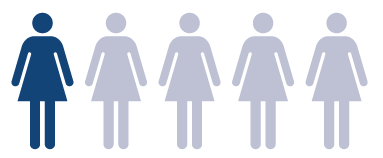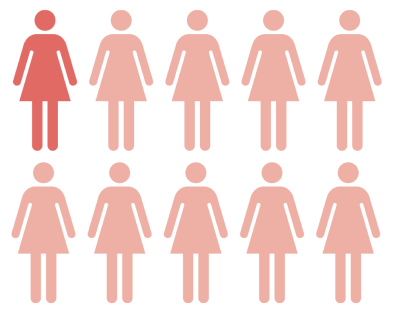what to expect
after your insertion procedure


what to expect after insertion
Once the implant is placed, you and your healthcare professional should check that it is in your arm by feeling for it. If you cannot feel the implant immediately after insertion, the implant may not have been inserted, or it may have been inserted deeply.
A deep insertion may cause problems with locating and removing the implant. Once the trained healthcare professional has located the implant, removal is recommended.
Following the insertion, a trained healthcare professional will cover the site with 2 bandages. Leave the top bandage on for 24 hours. The smaller bandage should be kept clean, dry, and in place for 3 to 5 days.
In a clinical trial, 8.6% of women experienced site reactions. The most common complaint was red skin (3.3%), 3% of users reported hematoma, and 2% of users reported bruising.
Infection is possible. If you think you may have an infection, contact your healthcare professional.
It depends on when NEXPLANON was inserted relative to your period. Talk to your healthcare professional to determine how long you may need to use additional contraceptive methods. For example, if NEXPLANON is inserted after the fifth day of your period, then you should use additional contraceptive methods, such as a condom, for the first 7 days after insertion.
will it affect my period?
1 in 5 women may experience frequent and/or prolonged bleeding.

1 in 5 women may stop getting their period entirely.

Any potential impact to your period may not be immediate and may take a few months. Once established, the impact to your period within these first 3 months of using NEXPLANON is likely predictive of future impact.

1 in 10 women have NEXPLANON removed due to unfavorable change in bleeding pattern.

If you experience a side effect that you are not comfortable with, talk to your doctor to see what options may work for you.
Tell your doctor immediately if you think you may be pregnant or your menstrual bleeding is heavy and prolonged.
what other side effects could I experience?
- Mood Swings
- Depressed Mood
- Weight Gain
- Headache
- Acne
- Mood Swings
- Depressed Mood
- Weight Gain
- Headache
- Acne
- Headache
- Vaginitis (inflammation of the vagina)
- Weight gain
- Acne
- Breast pain
- Viral infections such as sore throats or flu-like symptoms
- Stomach pain
- Painful periods
- Mood swings, nervousness, or depressed mood
- Back pain
- Nausea
- Dizziness
- Pain
- Pain at the site of insertion
- Headache
- Vaginitis (inflammation of the vagina)
- Weight gain
- Acne
- Breast pain
- Viral infections such as sore throats or flu-like symptoms
- Stomach pain
- Painful periods
- Mood swings, nervousness, or depressed mood
- Back pain
- Nausea
- Dizziness
- Pain
- Pain at the site of insertion
Implants have been reported to be found in a blood vessel, including a blood vessel in the lung, which can be associated with shortness of breath, cough and/or the coughing up of blood or blood-stained mucus.
This is not a complete list of possible side effects. For more information, ask your healthcare professional for advice about any side effects that concern you. You may report side effects to the FDA at 1-800-FDA-1088.
when should I call my doctor?
| pain in your lower leg | That does not go away |
|---|---|
| severe chest pain | Or heaviness in your chest |
| sudden shortness of breath | Sharp chest pain or coughing blood |
| symptoms of severe allergic reaction | Such as swollen face, tongue, or throat or have trouble breathing or swallowing |
| sudden severe headache | Unlike your usual headaches |
| weakness or numbness | In your arm or leg or trouble speaking |
| sudden blindness | Either partial or complete |
| yellowing of your skin or whites of your eyes | Especially with fever, tiredness, loss of appetite, dark-colored urine, or light-colored bowel movements |
| severe pain, swelling or tenderness | In the lower stomach (abdomen) |
| lump in your breast | You should be checking regularly |
| problems sleeping | Or lack of energy, tiredness, or you feel very sad |
| heavy menstrual bleeding | Heavier than usual |
| suspect the implant is broken or bent | While in your arm due to external forces |
A trained healthcare professional can remove the implant at any time within the 3-year period.
NEXPLANON must be removed by the end of the third year.
You may become pregnant as early as the first week after removal of the implant. If you do not want to get pregnant after a trained healthcare professional removes the NEXPLANON implant, you should start another birth control method, such as condoms, immediately.